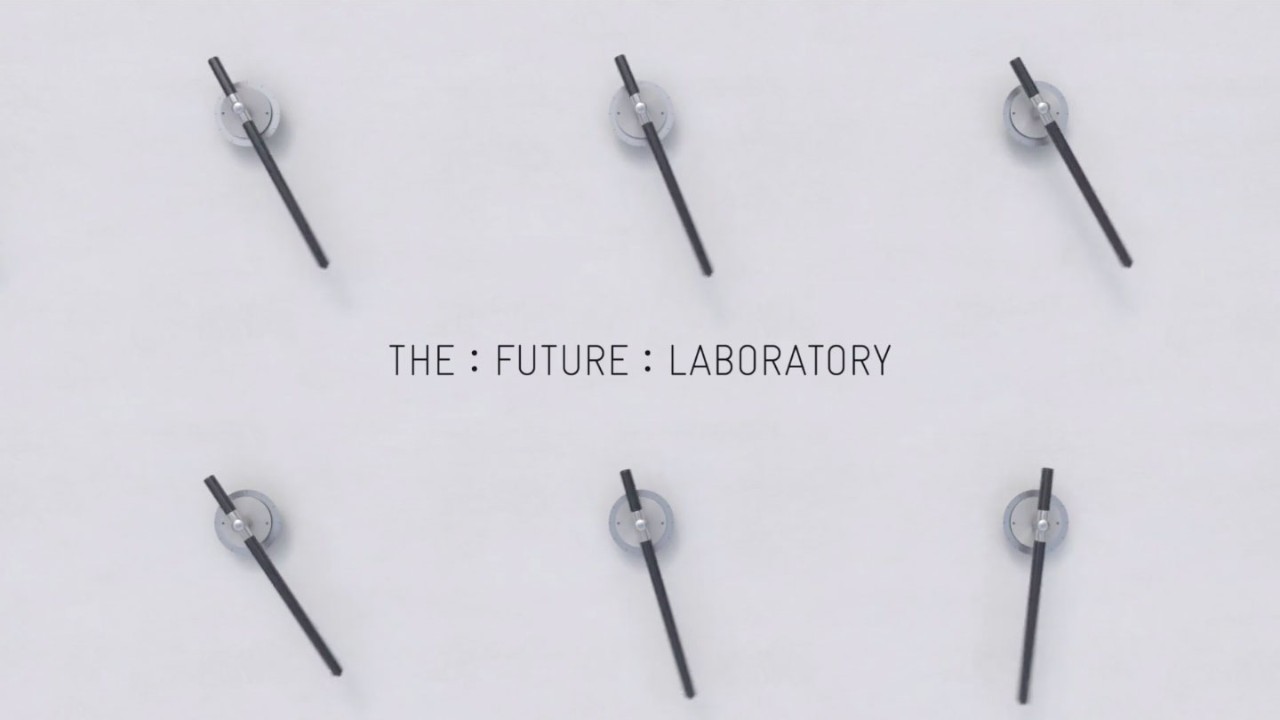In 2018, 75% of consumers said they would be willing to switch brands if another offered them more in-depth product information beyond the label, up from 39% in 2016. And a majority (69%) of consumers want retailers to be more transparent about their sustainability efforts (sources: Label Insight/Food Marketing Institute/Hartman Group).
In the US, Bumble Bee Foods, a major producer of canned seafood, has launched a collaboration with software company SAP using its Cloud Platform Blockchain to trace yellowfin tuna from the Indonesian ocean to the can. With a quick scan of a QR code, customers can discover where the fish was caught, the weight of the catch and whether it has been certified as sustainable. The label ‘supports the consumer’s need to know and reinforces their faith in the brands they trust’ says Oliver Betz, general manager of SAP Innovative Business Solutions.
In the alcohol industry, counterfeiting has become a global problem with companies in the EU losing €2.7bn (£2.3bn, $3bn) in sales every year due to fraudulent wines and spirits, and the World Health Organisation reports that unrecorded alcohol accounts for 25% of worldwide alcohol consumption. But smarter packaging could assure customers that what they are sipping is the real deal. Concerned with the rise of counterfeit whisky Adelphi, the parent company of Ardnamurchan Distillery in Scotland, has partnered with Edinburgh-based arc-net to launch a blockchain-verified single malt. The limited-edition bottle has a QR code on its neck, so buyers can verify its authenticity.
The challenge for designers will be how to inventively integrate QR codes into packaging in ways that are not obtrusive and to encourage customer engagement. Beer brand Downstream chose to make its QR code an integral part of its aesthetic. Created by Ireland Craft Beers in collaboration with arc-net in late 2017, it claims to be the world’s first blockchain beer. Each can has a large QR code creating an easy way for customers to glean more information about their specific beer. Similarly, Bock Chain, a new blockchain beer made in Alberta, Canada, has a pixelated label with all the squares coming together to form a QR code in the middle. Scanning it opens up a microsite that contains not only timestamps of the beer’s journey, but videos and other content to build a story around the data.
But blockchain-enabled labels are useless unless people want to scan the code in the first place. Almond, an app that aims to educate and incentivise sustainable behaviour, launched its first blockchain-verified product, FACT sparkling water, in November 2018 in collaboration with EVRYTHNG. The QR code, hidden under the can’s ring pull, offers access to the Almond app, which contains full traceability about the product and its carbon footprint and also unlocks cash rewards, allowing users to collect Almond Coins that can be used on other sustainable purchases. The subtle placement of the QR code ensures it is only used by someone purchasing the product, and the reward element acts to encourage future purchases and engagement.




